 > Missionary Introduction
> Missionary Introduction
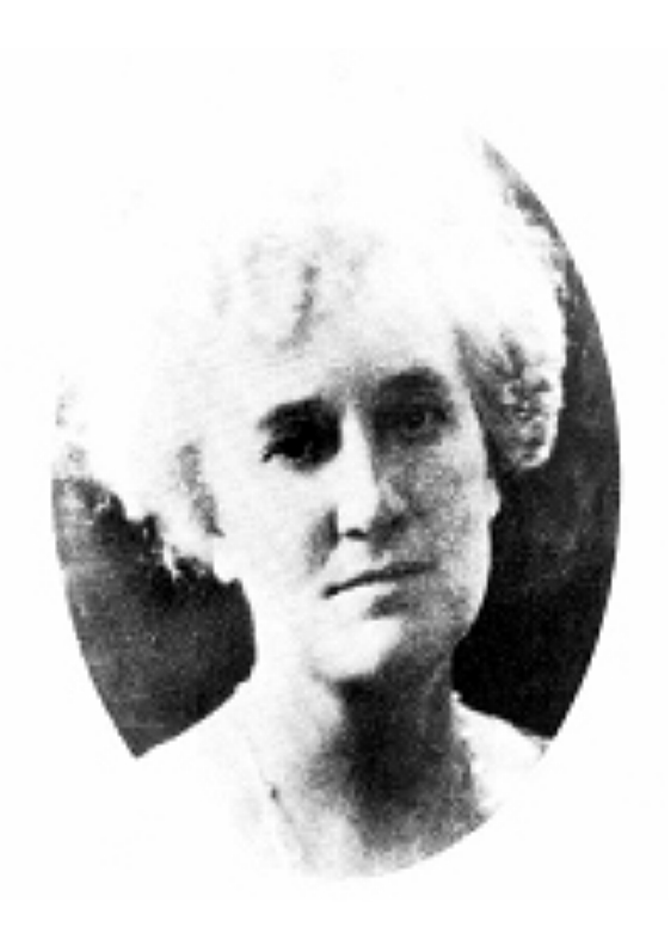
Martha Scottt Bruen, who was called Bu Ma-Tae, was born in White Haven, Pennsylvania, United States, and graduated from the Toronto College of Education in 1895. She became interested in missionary work when she became engaged to young pastor Bruen, a candidate for missionary, and after marriage, she was assigned to Daegu, where her husband was working on May 12, 1902.
She came to Korea as a 27-year-old young bride and served missionary work in Daegu and Gyeongbuk for 28 years. As an education major, she saw the educational problems of girls left in the blind spot of education in Korea's patriarchal society and started Shinmyeong Girls' Primary School because she thought that a girls' primary school for systematic education was needed through sewing class management with Mrs. Johnson. Since then, Sinmyeong Girls' Middle School was established with the women's quarters, a straight five-room hanok, as a teacher in the missionary branch, and is currently developing into Sinmyeong Girls' High School.
By 1931, 118 students graduated from this school and played a major role in the modernization of Daegu and Gyeongbuk, and were called the founders of local women's education.
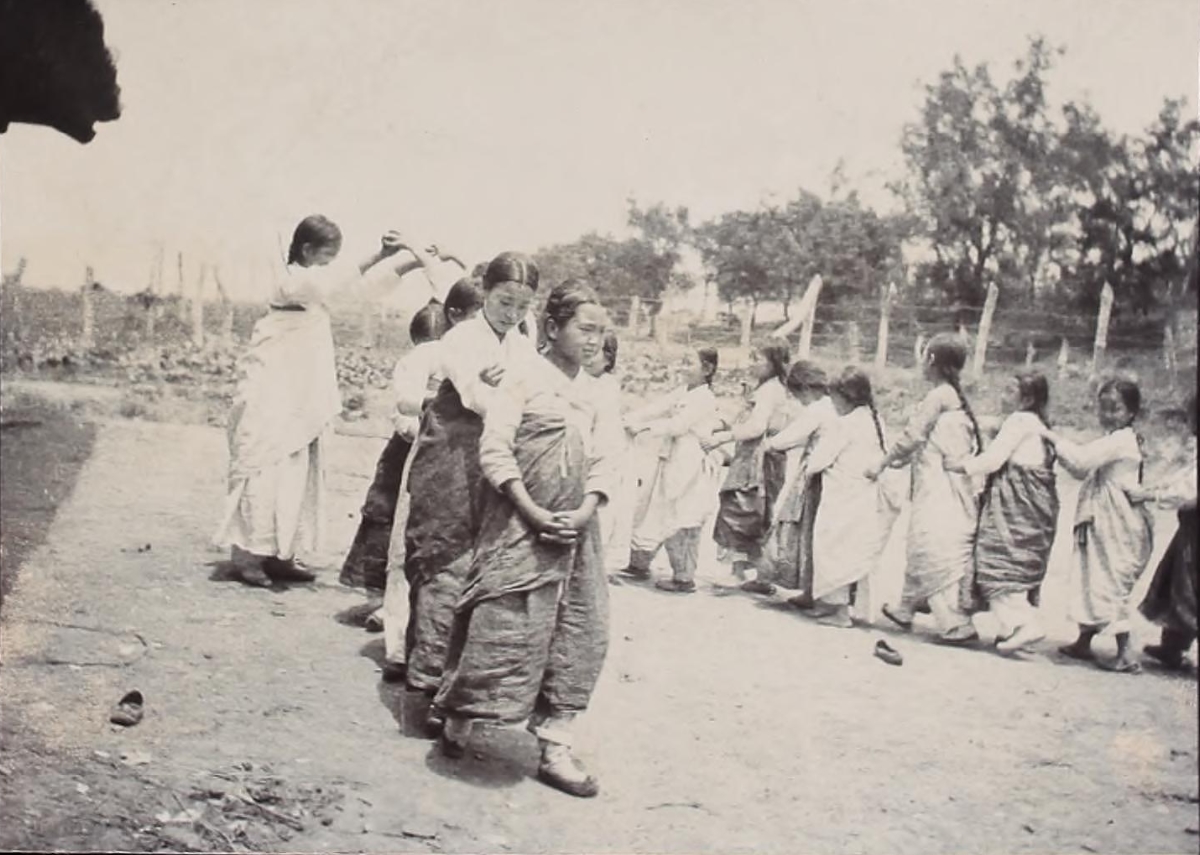
Shinmyeong Girls' Primary School the fruit of Marda Bruen's evangelism, 1902
In 1916, Martha organized a married woman of Namsan Church the Sunday School and the rural Church a women's society, leading a married woman a Bible Study. In addition, she frequently toured and work western Gyeongsangbuk-do, including Chilgok, Seonsan, Seongju, and Gimcheon, with her husband, missionary Bruen.
Meanwhile, breast cancer was found in September 1930 and underwent surgery to remove the lump at Dongsan Christian Hospital, but it was malignant and underwent surgery again at Severance Hospital in Seoul. However, she eventually failed to recover her health and died first, leaving her two daughters and her husband behind.
She was a very excellent woman from a fellow missionary who worked with her in the Daegu missionary base and the Bruen were a wonderful couple who had friendship at home and influential in the missionary base.
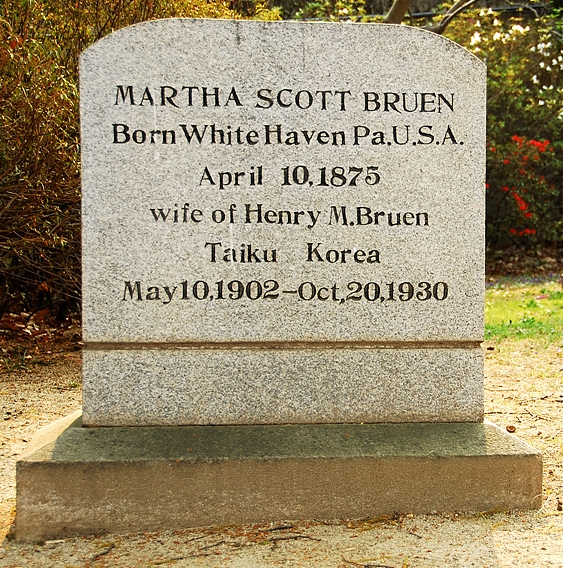
Martha Tombstone in Grace of Mercy the Keimyung University Dongsan Medical Center
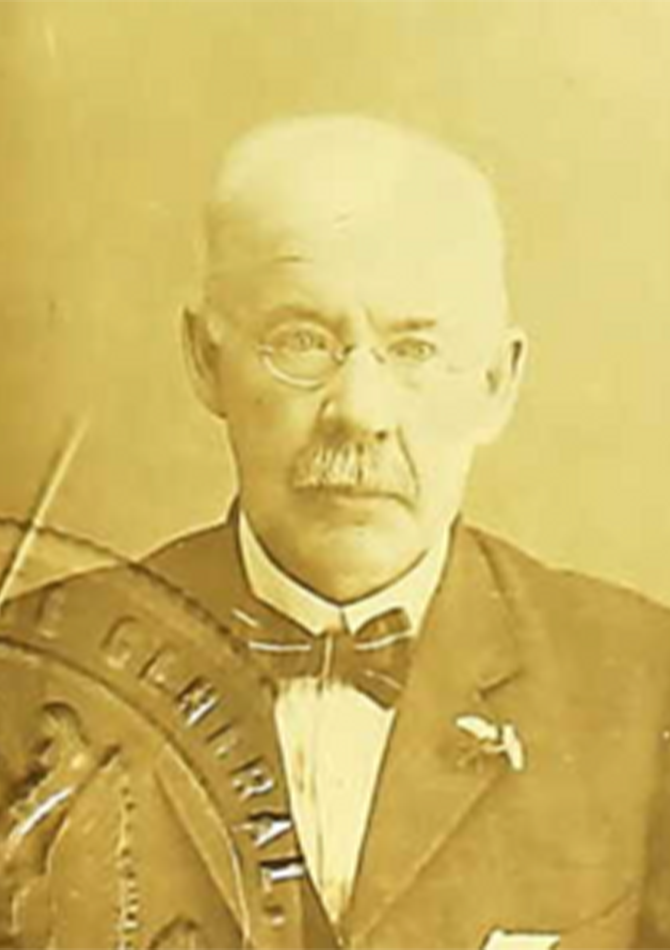
Cyril Ross, who was called No Se-Young, was born in Scotland in 1867 and came to Korea in 1897 with his wife, Susan Shank Ross, a doctor, to serve as a missionary. In 1899, Lee Youngri Church in Haman-Gun, Gyeongsangnam-do and in 1901, Yeongju-dong Church in Busan was established. He moved to Seon-chen in 1902 and established the Sacred School and served as the head of the Men's Bible School.
He was the first missionary to travel to Manchuria and be sent to Korea to conduct missionary work in Manchuria. After that, he was appointed as the head of the mission to the northern region.
He established a missionary base in the Ganggye area with funding from Canada's "Toronto Women's Association" and served as the early Pyeongbuk the president among the seven the presbytery when the Presbyterian General Assembly was organized in 1912.
In 1912, through the Manchurian mission, a married woman Bible Study was organized and guided. He also contributed greatly to the Korean Bible project by participating in the renovation of the Korean Bible completed in 1937 as a member of the Bible Translation Committee. In April 1937, he resigned as a missionary with his wife Susan Shank Ross and returned home, and on February 5, 1963, at the age of 95, he was called by God.
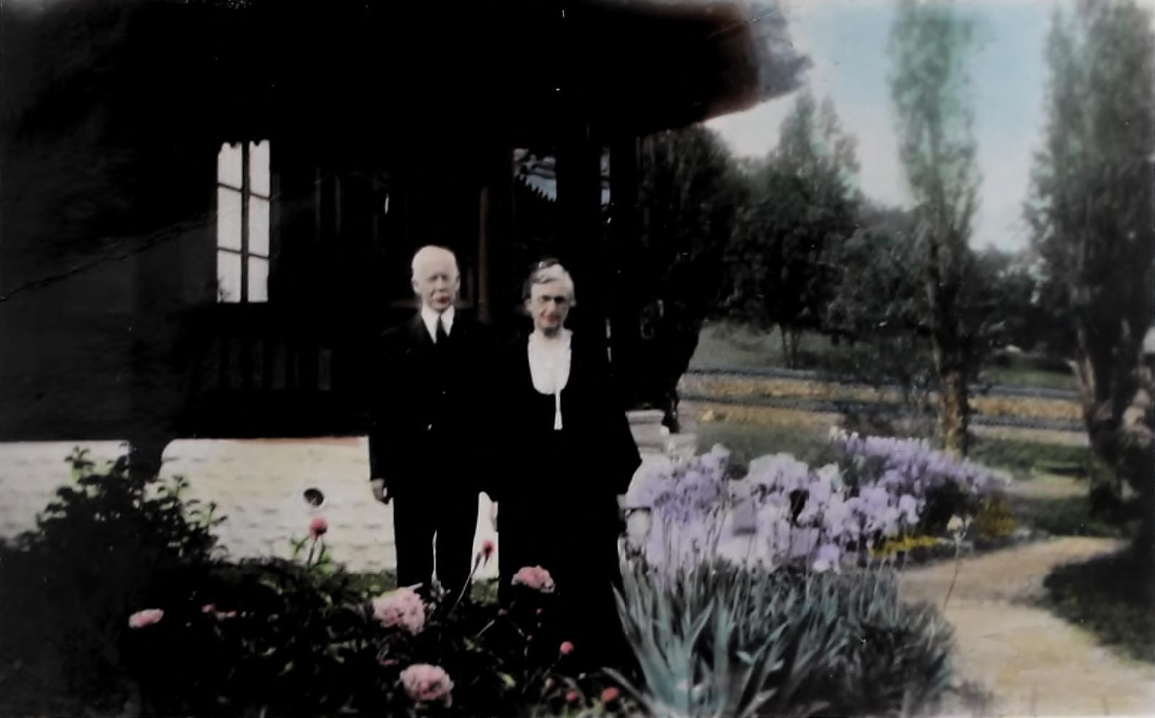
The Ross Couple on Christmas cards, 1937
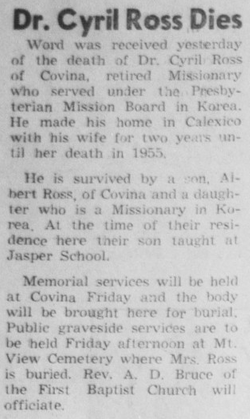
The newspaper article about Cyril Ross' death
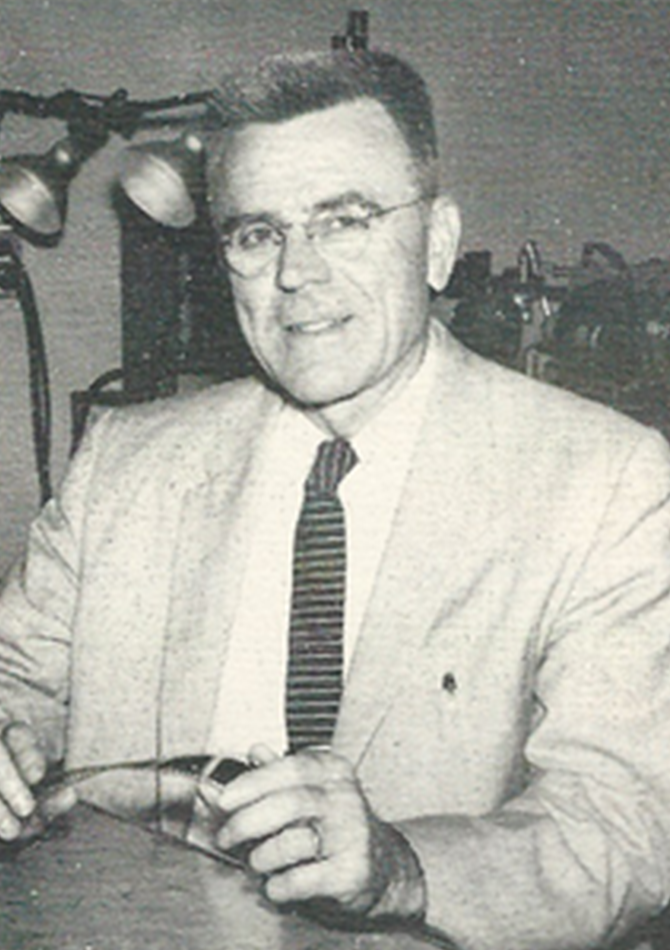
Oliver Vaughan Chamness, who was called Cha Mi-Su, was appointed to the Daegu Missionary Base in 1925 and handled missionary duties at churches in eastern Gyeongbuk, centering on Daegu and Gyeongju.
Along with Fletcher, the second president of Dongsan Christian Hospital, Chamness served as vice president Aerakwon and conducted missionary activities by guiding farmland creation and livestock farming as a self-support project for leprosy patients. Through this, the self-support of leprosy patients had achieved great results.
He was forcibly expelled by Japan in 1941 and returned to Korea after liberation in 1948 to handle his ministry in Daegu. He resigned as a missionary in 1949 and returned home and was called by God on January 11, 1987.
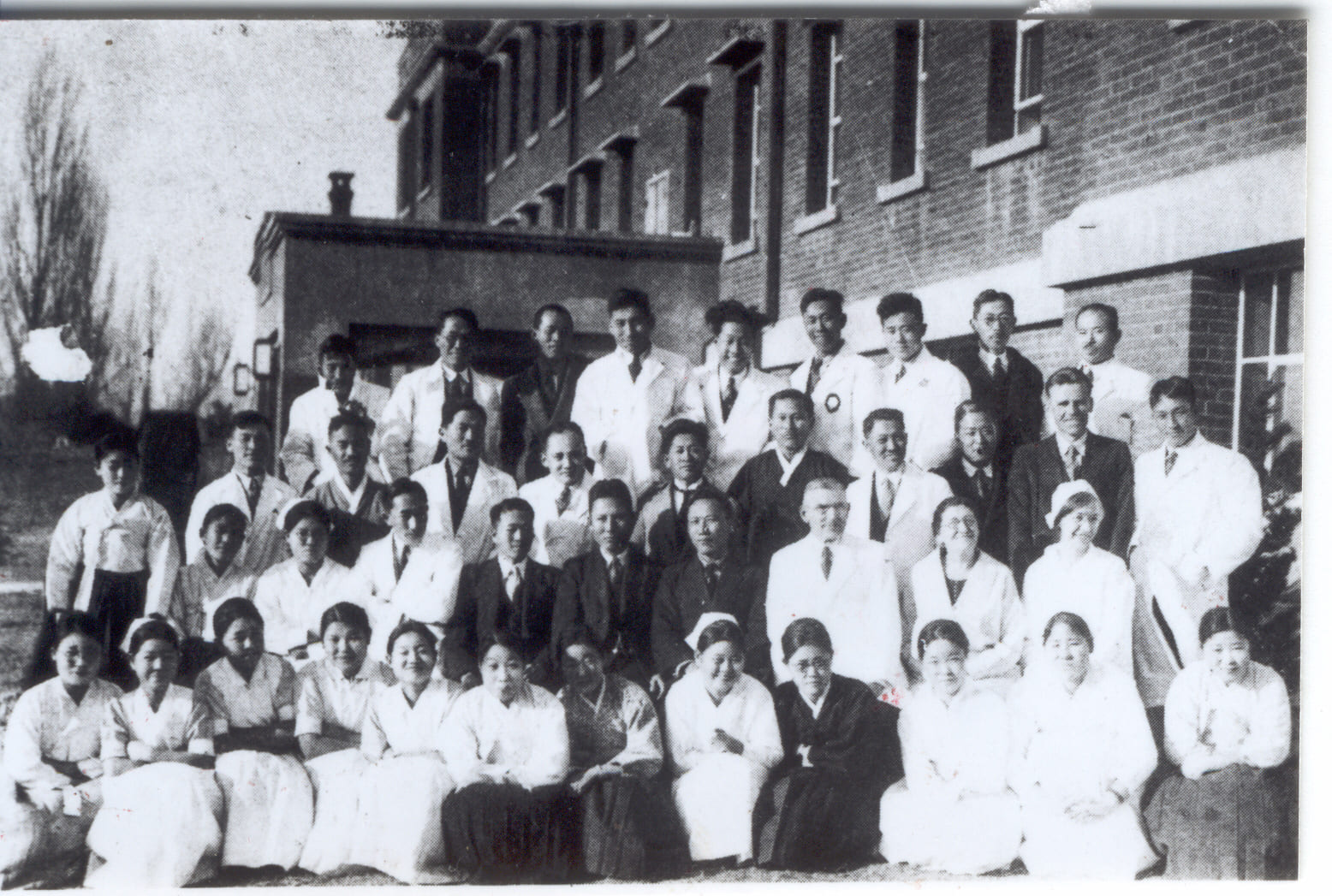
Oliver Chamness (second on the right in the third row) with members of the Dongsan Christian Hospital evangelical meeting
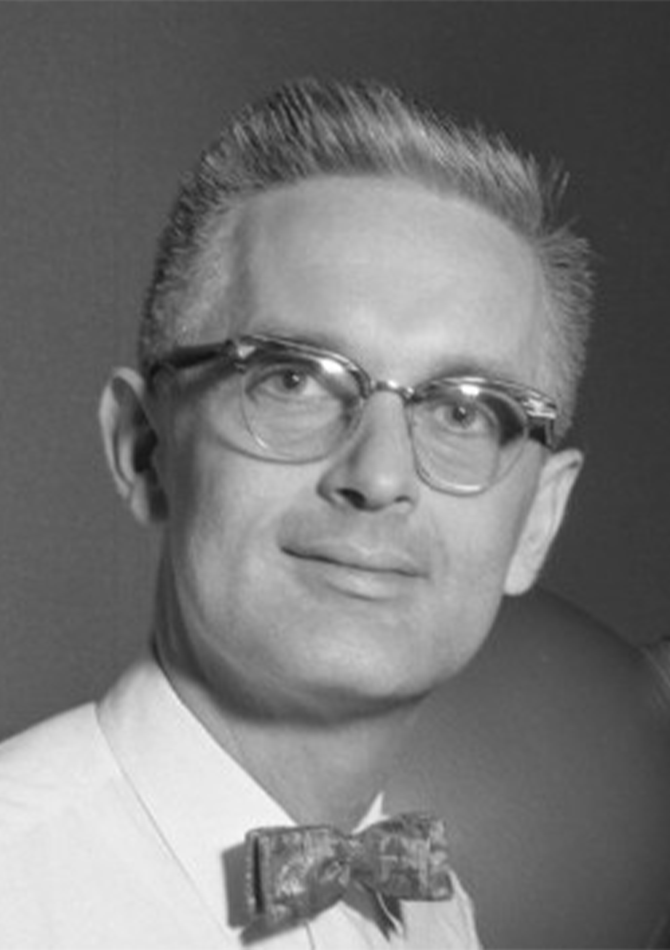
Raymond Provost, who had been called Bu Rye-Mun, came to Korea with General Hodge, who ousted the Japanese as an American soldier and was in charge of governing Korea after World War II. After working in the communications department for a year, he vowed to return to Korea when he returned to the United States.
He entered Princeton Theological Seminary, but without graduating, he was dispatched by the Mission Headquarters of the Northern Presbyterian U.S.A. in 1948 and taught students at Yonsei University. In 1952, he married Mariella Talmage and was ordained a pastor and returned to Korea as a missionary.
Provost, along with his wife Mariella, was in charge of missionary work at Dongsan Christian Hospital's orphanage. In 1960, the Gyeongdong Presbyterian Church appointed Provost as the principal of a Mun-Hua school in Gyeongju. With his help, Gyeongju Mun-Hua School is currently Christian talent as a Mun-Hua middle and high school.
Missionary Moffett, the 7th head of the hospital, often volunteered in Gyeongju and explained to the church the necessity of establishing a hospital in Gyeongju when he was introduced by Provost to the pastor Robertson of Cumberland First Presbyterian Church.
With the help of Provost, the Gyeongju Christian Hospital with one basement floor and two ground floors was built on October 10, 1962, with a total of $31,470 sponsored by the church on four occasions. In 1975, the third floor was expanded with the support of the church, and the name of the hospital was also called "Cumberland Presbyterian Hospital in Korea".
He returned to the U.S. with his family on vacation in 1963, became a pastor of the Mackinosi Straits Church in 1965, and established a non-profit organization called the "Korea Scholarship Foundation" in 1973 to provide scholarships to many students in Korea to continue studying.
In February 1997, six months after he was diagnosed with cancer, he was called by God at the age of 78.
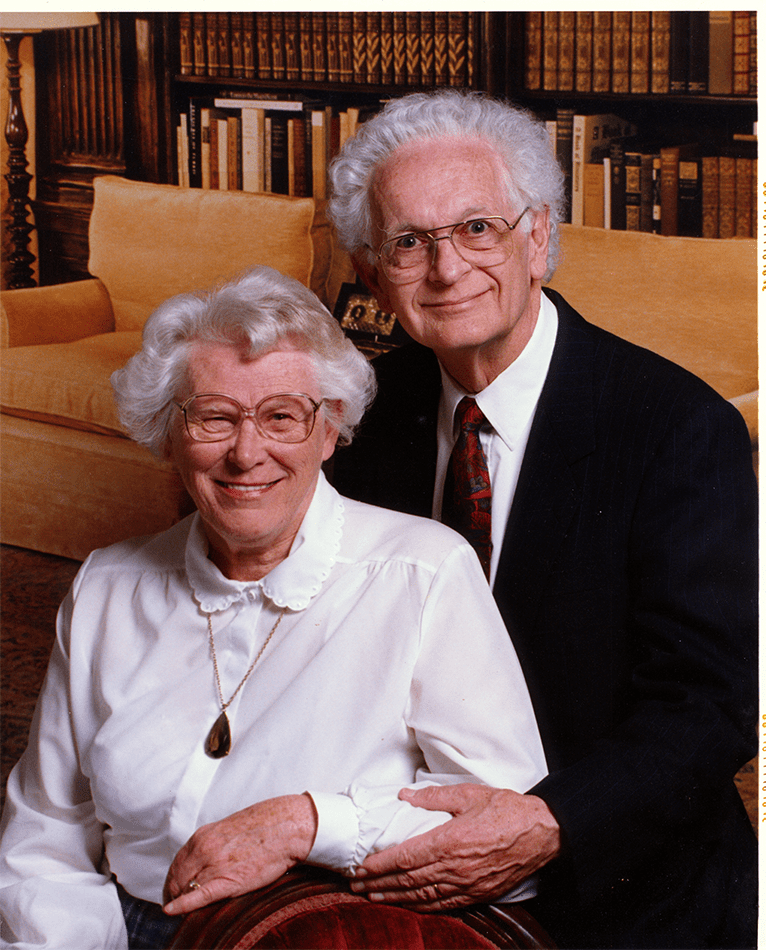
The Old Provost Couple
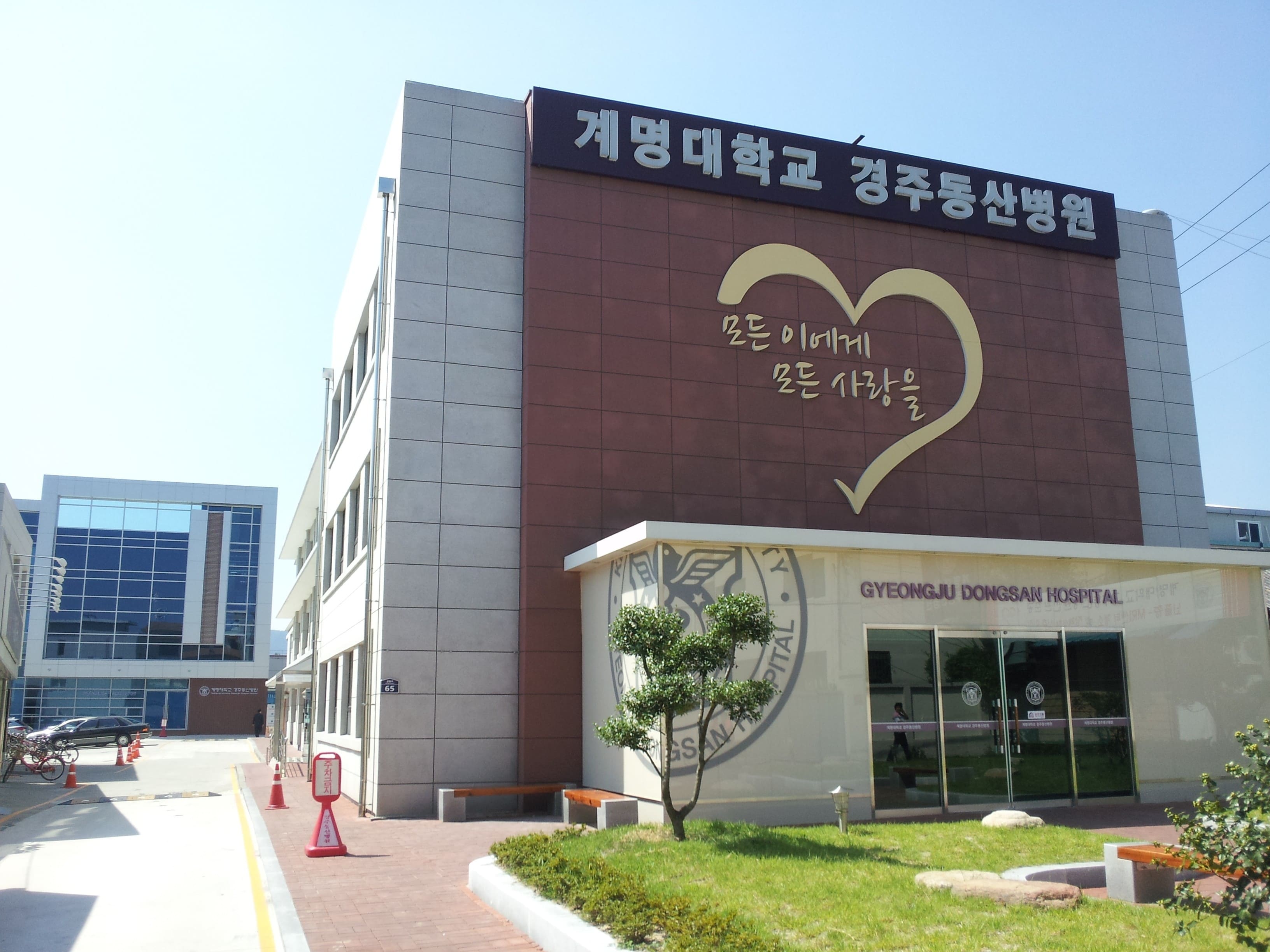
Keimyung University Gyeongju Dongsan Hospital, 2022
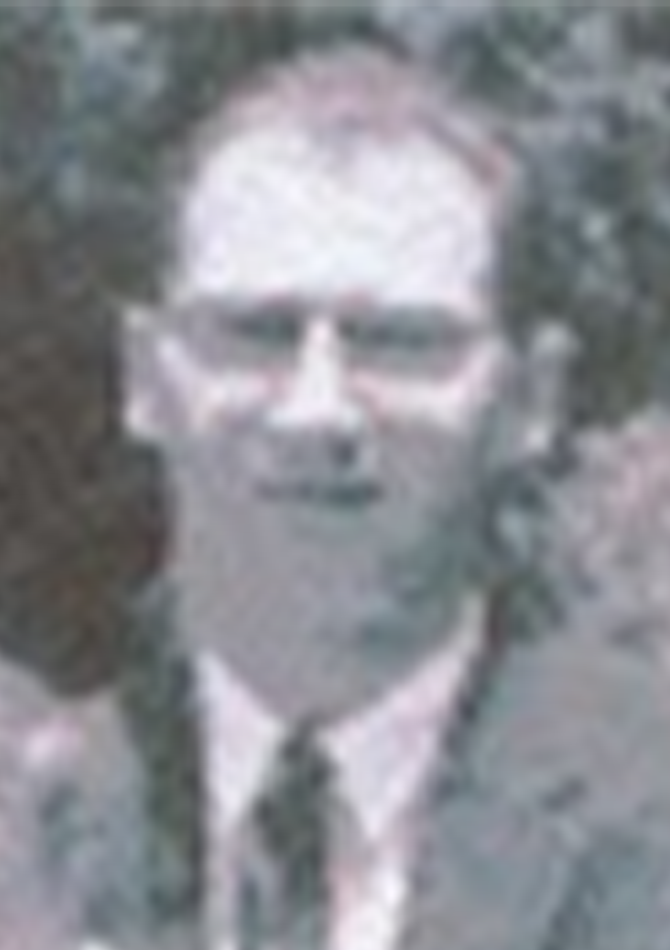
Donald L. Klippenstein was born on January 10, 1025 in Henderson, Nebraska. He married Elizabeth in December 1954. The couple were members of the Mennonite Church.
In 1955, he came to Korea as a missionary in charge of the Korean branch as a dispatch missionary for the Mennonite Central Committee, and the couple visited Korea together. At that time, he devoted himself to Korean missionary work in the spirit of love and service of Christ for material aid, education, and social welfare in the devastated Korean land after the Korean War. It actively carried out various relief, education, and regional development projects in Daegu, Gyeongsan, and Busan, and In 1971, Menonite Vocational Middle and High School was established in Gyeongsan and operated for 20 years. It impressed many people by giving youth faith education, mercy, and volunteer spirit.
The Mennonite Central Committee was officially established as the Korean Anabaptist Center in 2001 and has maintained its reputation to this day.
Klippenstein was called by God on February 18, 2015, at the age of 90.

Donald Klippenstein's take of Letter of Appreciation from Korea's CTS Broadcasting Station, May 24, 2012
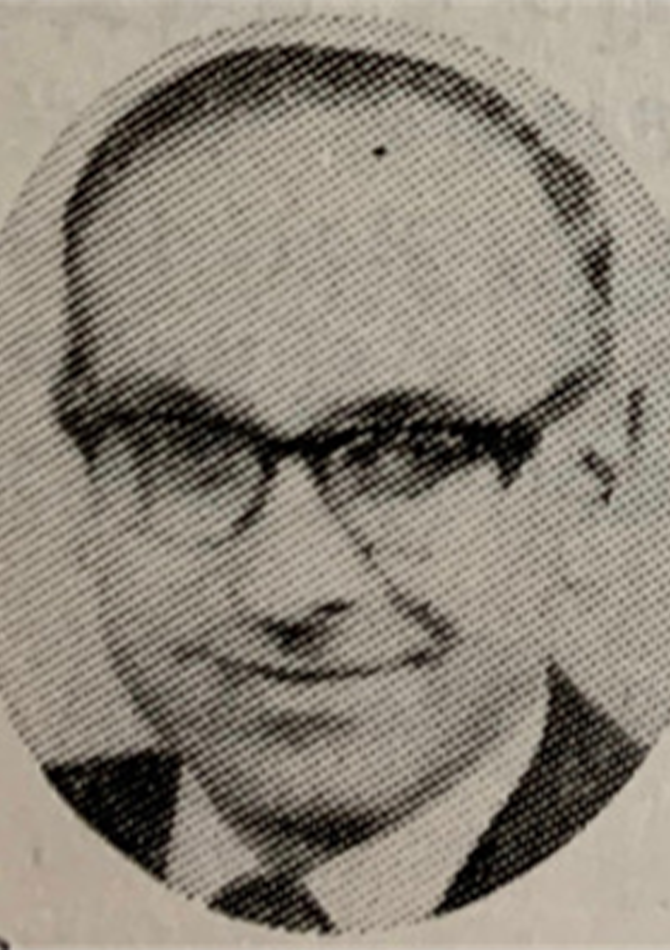
William Albert Grubb, who was called a Gu Eui-Ryeong pastor or Gu Eui-Ryeong missionary, was born in Mansfield, Ohio, United States in 1924. After graduating from Princeton Theological Seminary, he served as an associate pastor of the Westerminster Presbyterian Church, and in February 1954, he visited Korea as a Korean missionary of the United Presbyterian Church in the U.S.A.
After marrying Lewis Grubb in Korea, he had three sons and raised them, and later when looked back at himself when he got older, he considered it a good thing that he was very satisfied that he had given birth and raised his children in Korea.
As a mission fellow worker of the Presbyterian Church of Korea (Unified) for 41 years after visiting Korea, Grub trained rural leaders and guided students centered on Daegu, and organized Keimyung University instructors, Yeongnam Seminary professors, and cooperative principals.
In 1955, he returned to the United States with his wife, where he lived in the retired missionary village of Westminster Gardens, and was called by God in 2011.

William and Louise Grubb in hanbok, old couple, William Grubb in the classroom
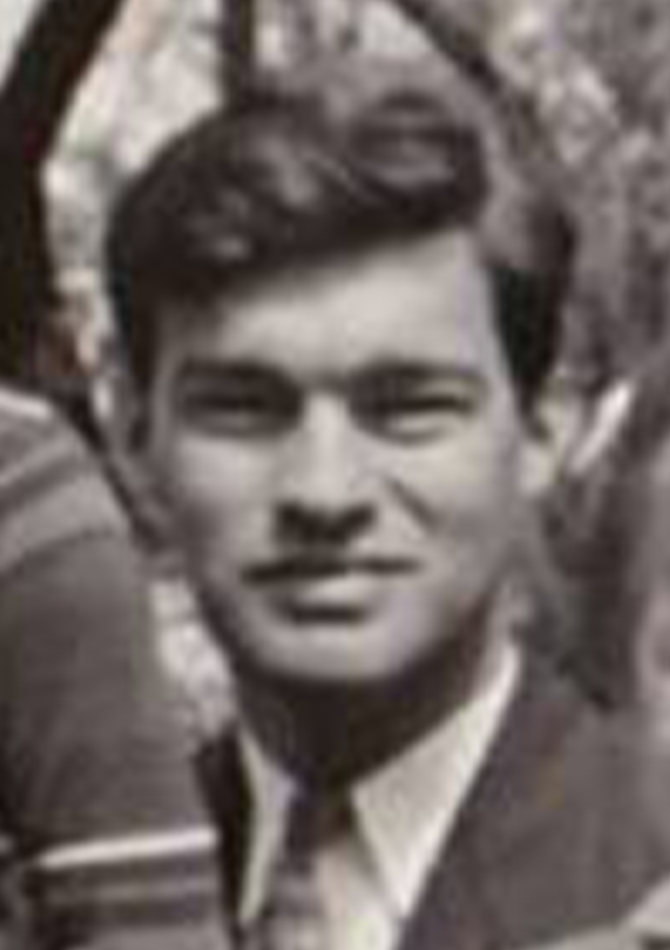
George Clatson Worth, who was called Oh Chun-Hye, was born on March 23, 1923 in China as the seventh of the nine siblings of Chinese missionary George Clatson Worth paster. He first met wife Louise Maxwell Temple at an international conference in North Carolina in 1949 and married her in 1949. The couple visited Korea in 1954 as educational missionaries.
He was associated as an English teacher at Gyeseong School and served as a professor with the establishment of Keimyung University, playing a major role in promoting the College of Education to the College of Education. Through this, while watching the bean sprouts class, he saw the need for family planning and started a family planning project.
According to a report by Director Howard Moffett, Worth was appointed director of Dongsan Christian Hospital between 1957 and 1958.
The Korea Population Health and Welfare Association established the "O Cheon-Hye Award" in 1998 after Worth, who first started the family planning project, and still awards it every three years.
On May 10, 1975, Worth returned to the United States with his wife after serving as the Korean representative of the American Population Association and spent the rest of his life campaigning for the community.
Worth was called by God on June 8, 1996, at the age of 73.
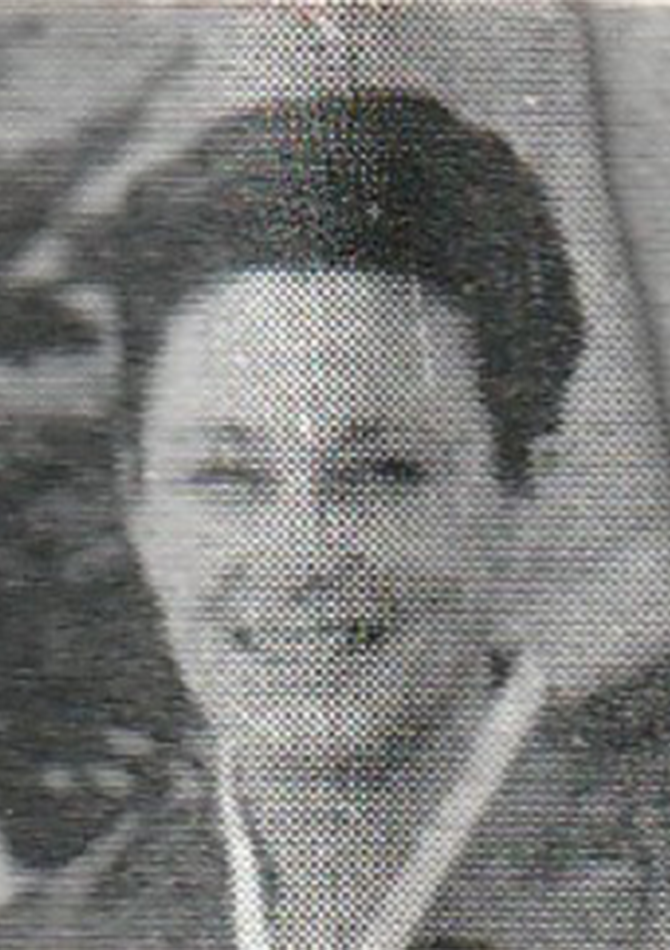
Rebecca Van Cleve was the wife of William Van Cleve.
She worked as a nurse at Dongsan Christian Hospital, taught English at a nursing school on a part-time basis, and did missionary work at the Daegu Chinese Church.

Elizabeth Mary Luenstroth was born in Ohio in 1910. She married Harold William Luenstroth and had a daughter, but died of illness.
After her husband retired from the United States, she visited Korea together as a missionary. Her husband Harold Luenstroth worked as a financial planner at Dongsan Christian Hospital from 1970 to 1972, and Elizabeth helped her husband with missionary work. She died on May 16, 2009 in Spartanburg at the age of 99.
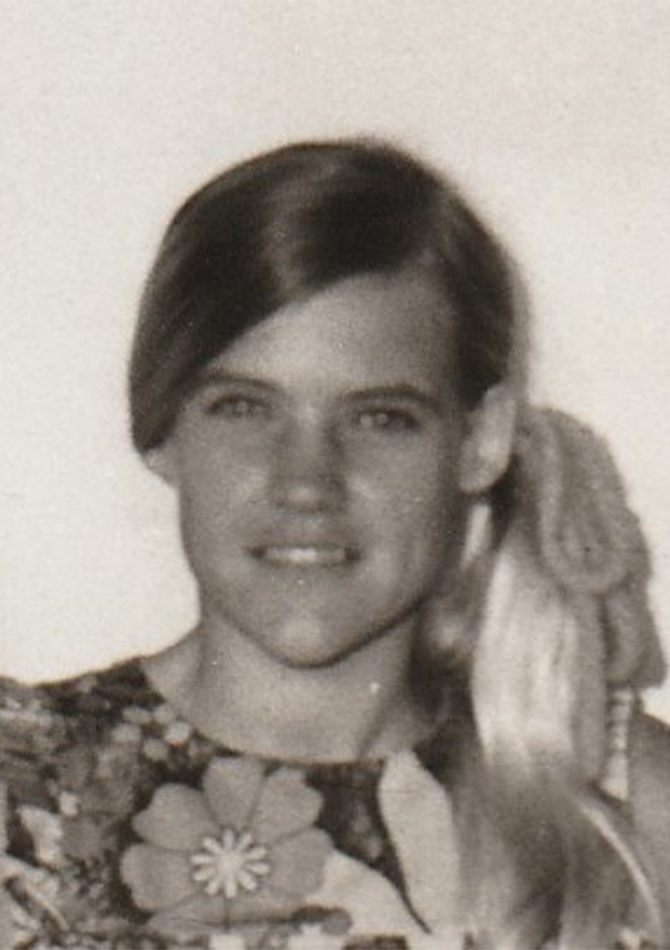
Carol Kersting, who was called Kim Kyung-Mi, visited Korea with her husband and volunteered as a maternal and child health nurse at obstetrics and gynecology, pediatrics, and public health departments from 1971 to 1974. In addition, she taught health nursing at a nursing school affiliated with Dongsan Christian Hospital.
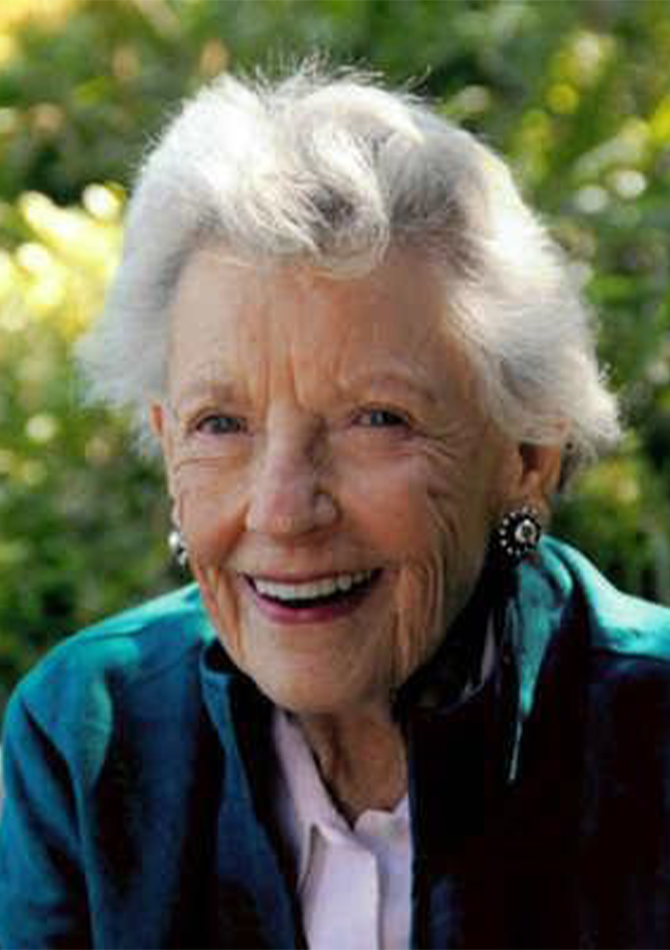
Mary Lampe Sturtevant, nicknamed Mali, was born on February 12, 1927 in Seoul, Korea to her missionary father Henry Willard Lampe and mother Ruth Haydn Lampe. Mary lived in Sheon-Cheon, North Korea until she was 13 years old, and returned to the United States with her parents in November 1940 due to the Japanese government's expulsion of missionaries.
Mary lived in Galesburg, studied at Knox College, majored in English literature, and studied geography as a minor. After graduating from college, she moved to St. Louis and lived with her sister, who later married Harwood Sturtevant, a medical student, at the introduction of her sister.
After her husband retired, she went to Korea, China, and Mexico together to participate in missionary work. Coming to Dongsan Hospital in 1980, Mary taught students at a nursing school. She had 13 grandchildren and 8 great-grandchildren through her Six children. After her husband passed away, she was called by God on January 8, 2016.